
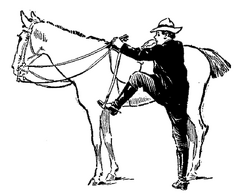 The wrong way to mount a horse—facing forward
The wrong way to mount a horse—facing forward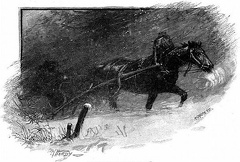 Horse and buggy in a snowstorm
Horse and buggy in a snowstorm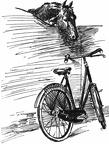 Horse looking at a bicycle
Horse looking at a bicycle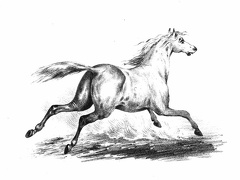 Galloping Horse
Galloping Horse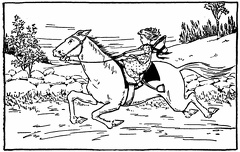 Clara Barton
Clara Barton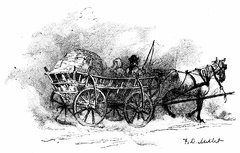 Peasant Wagon, Hainburg
Peasant Wagon, Hainburg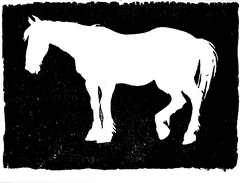 Horse
Horse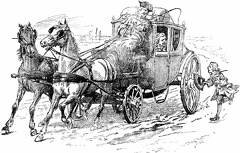 He called to the coachman to stop
He called to the coachman to stop Death of General Johnston
Death of General Johnston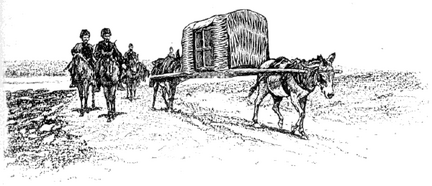 The conveyance of a Persian official traveling in disgrace to Teheran at the call of the shah
The conveyance of a Persian official traveling in disgrace to Teheran at the call of the shah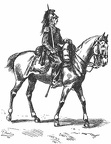 Dragoon in full dress uniform 1880
Dragoon in full dress uniform 1880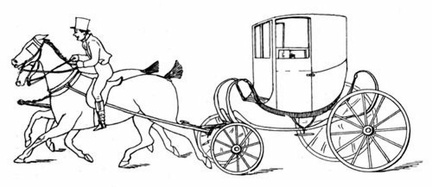 London Cabriolet
London Cabriolet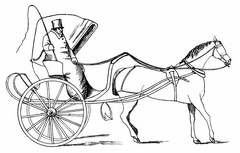 London Cab
London Cab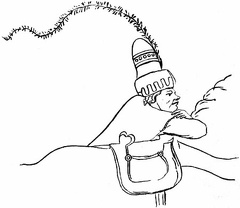 The Knight-Errant’s Squire
The Knight-Errant’s Squire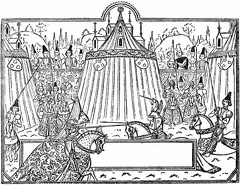 The Feat of Arms at St. Inglebert’s
The Feat of Arms at St. Inglebert’s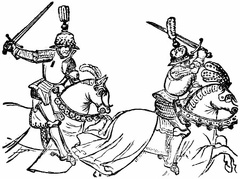 The Duke of Gloucester and the Earl of Warwick
The Duke of Gloucester and the Earl of Warwick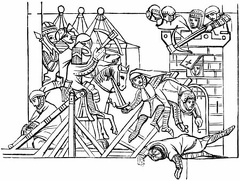 The Assault
The Assault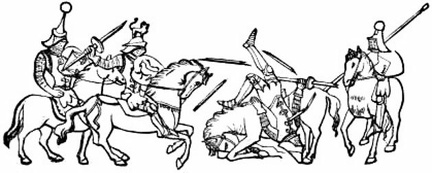 Termination of the Combat
Termination of the Combat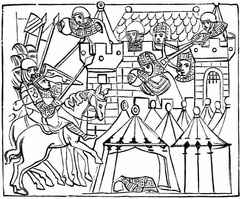 Summoning the Castle
Summoning the Castle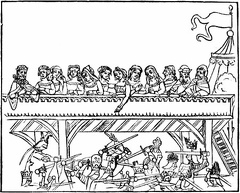 Spectators of a Tournament
Spectators of a Tournament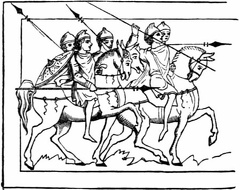 Saxon Horse Soldiers
Saxon Horse Soldiers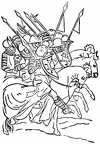 Men-at-Arms, Fourteenth Century
Men-at-Arms, Fourteenth Century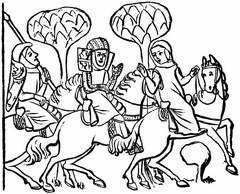 Lady, Knight, and Squire
Lady, Knight, and Squire Knights, Damsel, and Squire
Knights, Damsel, and Squire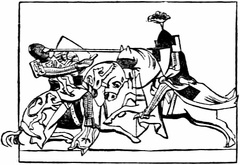 Knights Justing
Knights Justing Knight of the latter part of the Thirteenth Century
Knight of the latter part of the Thirteenth Century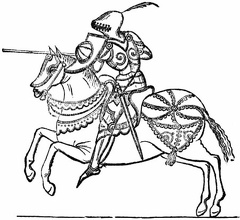 Knight of the Fifteenth Century
Knight of the Fifteenth Century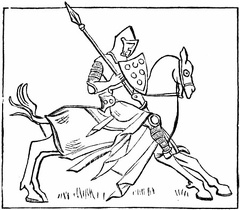 Knight of the end of the Thirteenth Century
Knight of the end of the Thirteenth Century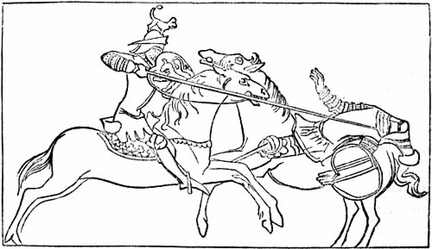 Jousting
Jousting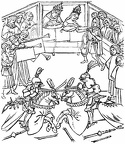 How a mighty Duke fought Earl Richard for his Lady’s sake
How a mighty Duke fought Earl Richard for his Lady’s sake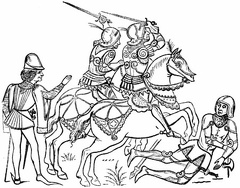 Group of English Knights and French Men-at-Arms
Group of English Knights and French Men-at-Arms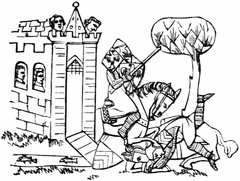 Defending the Bridge
Defending the Bridge Cabriolet of the Fourteenth Century
Cabriolet of the Fourteenth Century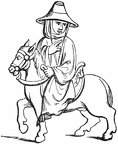 An Abbot travelling
An Abbot travelling A Squire
A Squire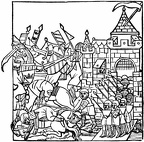 A Sally across the Drawbridge
A Sally across the Drawbridge Driving on the road
Driving on the road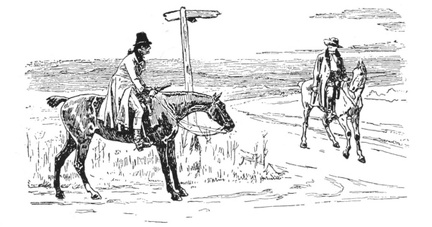 Man with a gun
Man with a gun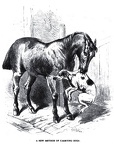 A new method of carrying dogs
A new method of carrying dogs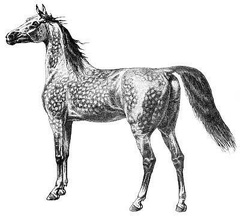 Speckled horse
Speckled horse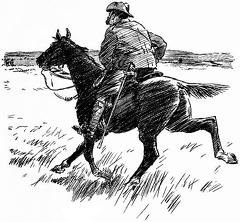 Soldier on horse
Soldier on horse Rodeo Rider
Rodeo Rider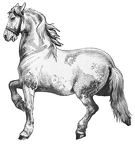 Prancing Horse
Prancing Horse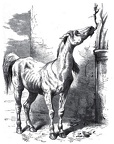 Need real food
Need real food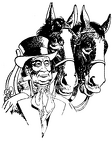 Man with two horses
Man with two horses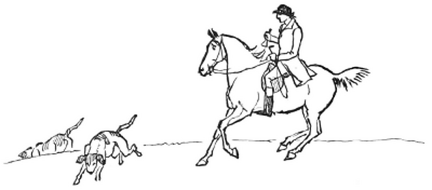 Hunting with the dogs
Hunting with the dogs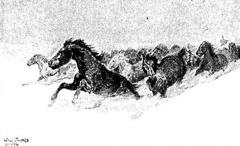 Horses running in snow
Horses running in snow Horses in stall
Horses in stall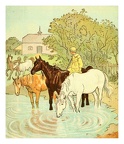 Horses Drinking
Horses Drinking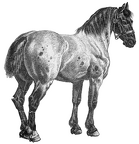 Horse
Horse Horse
Horse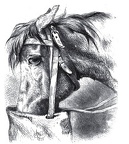 Horse with feedbag
Horse with feedbag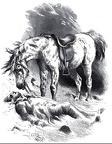 Horse staying by his owner
Horse staying by his owner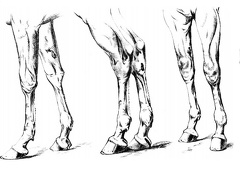 Horse legs
Horse legs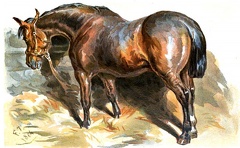 Horse in stall
Horse in stall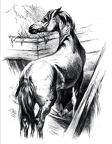 Horse in stall
Horse in stall Horse Head
Horse Head Horse family
Horse family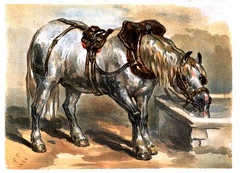 Horse drinking
Horse drinking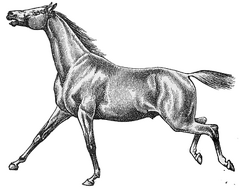 Horse cantering
Horse cantering



